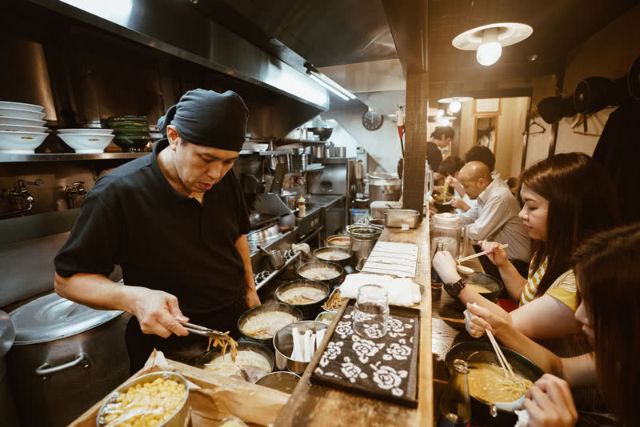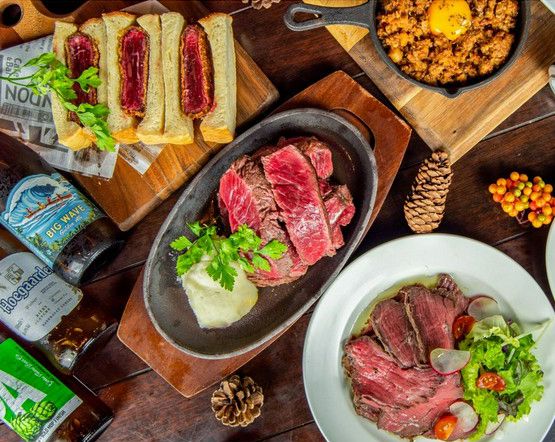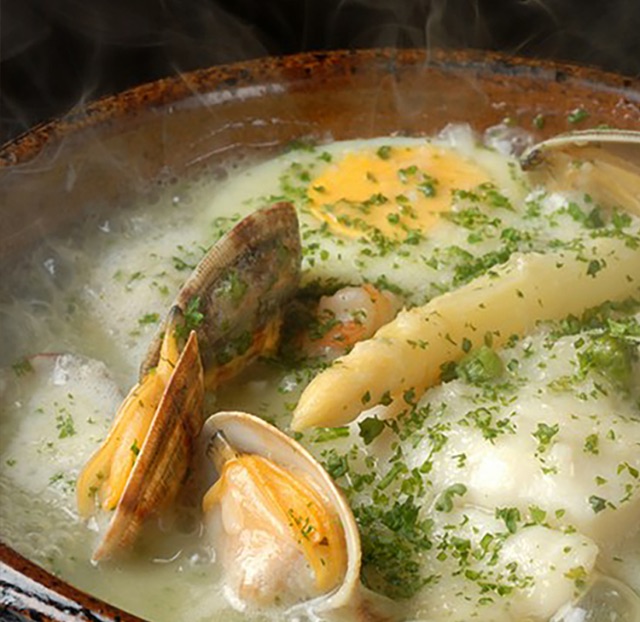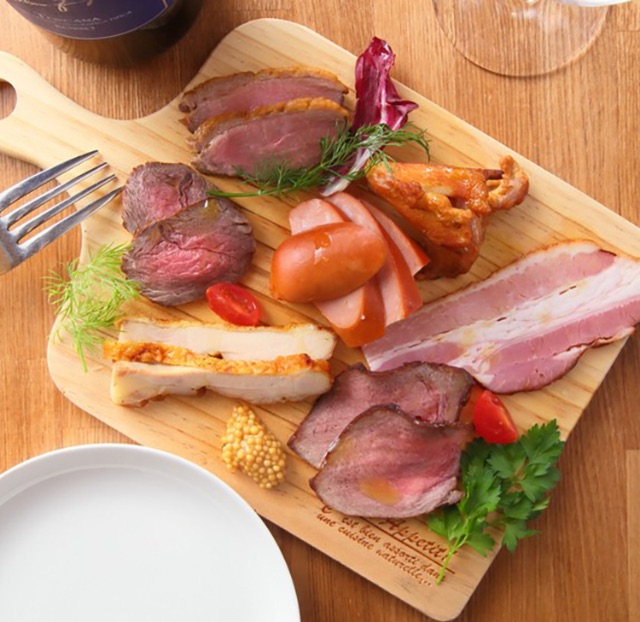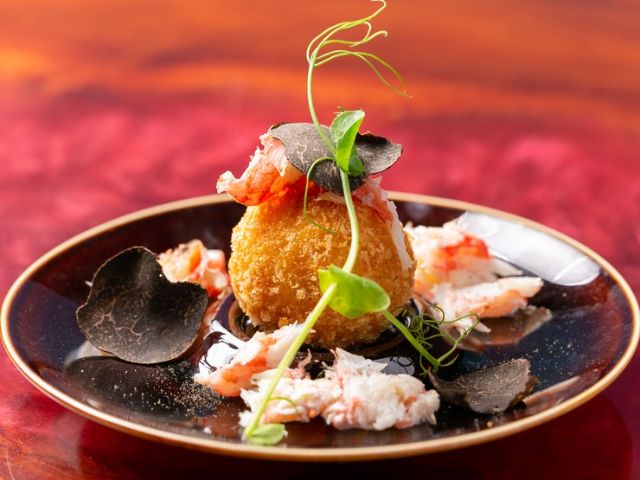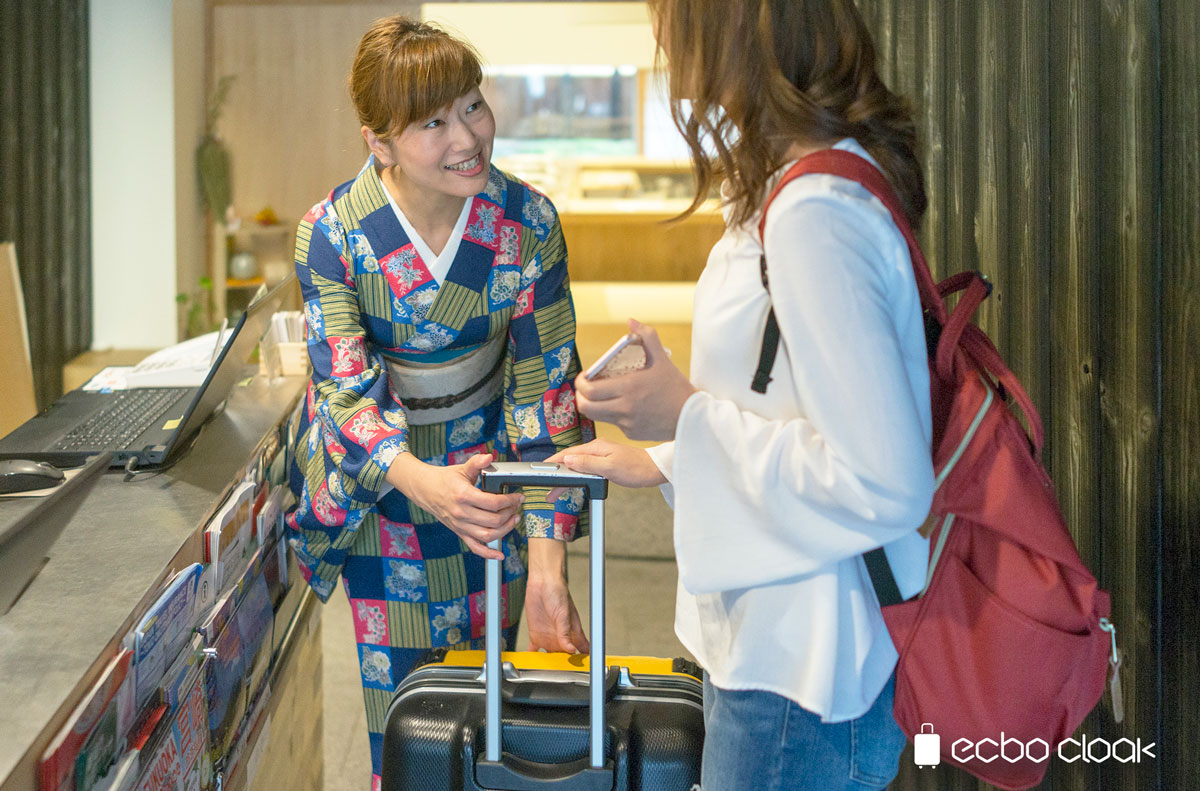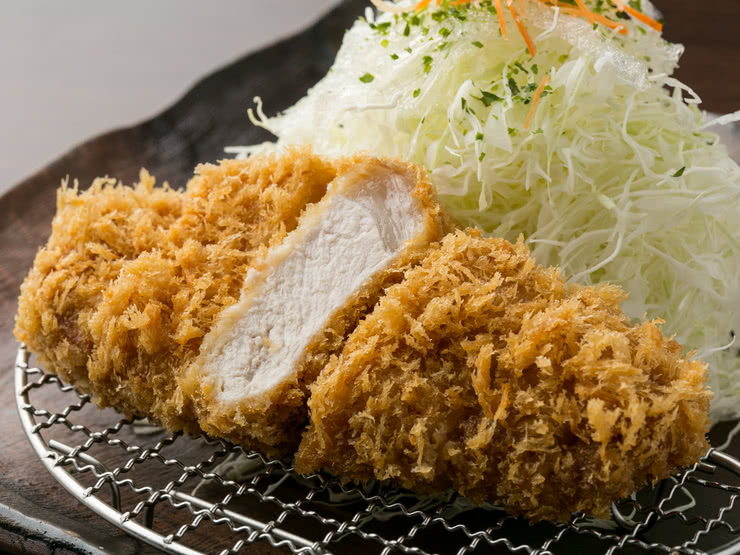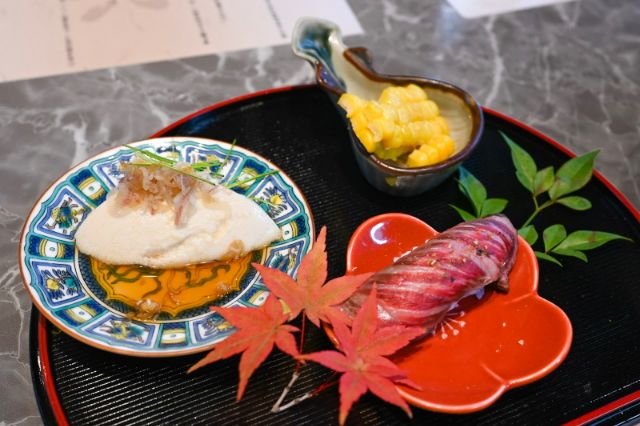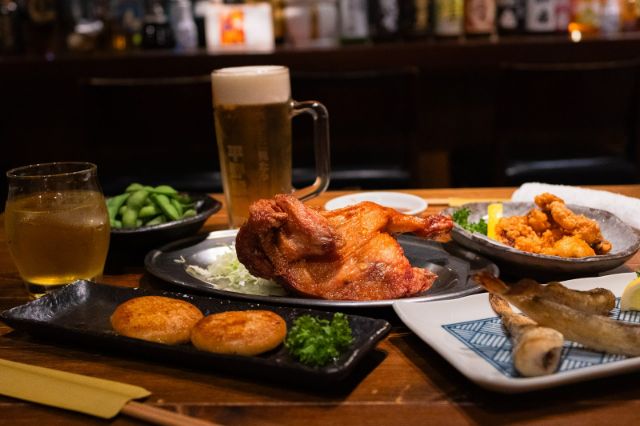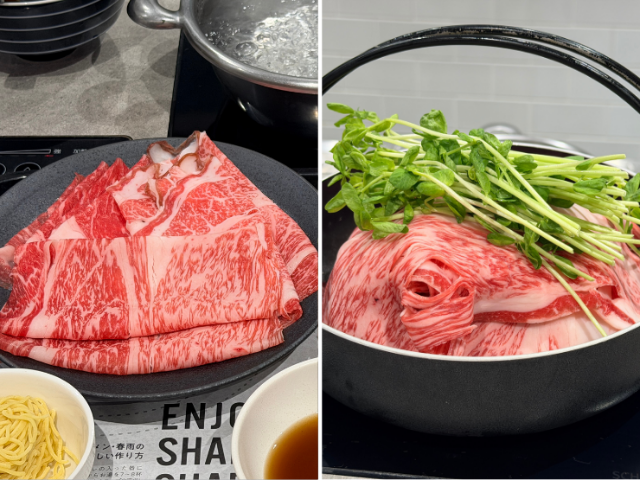Taste Yoshoku and You'll Get Addicted After Just One Bite!
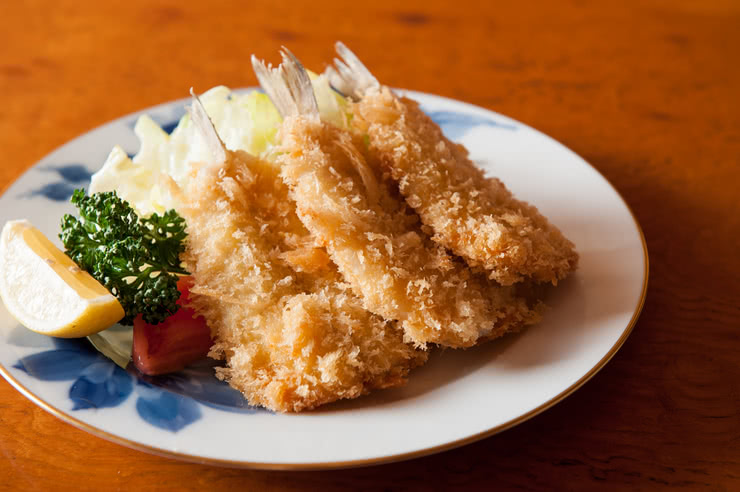
Hamburg
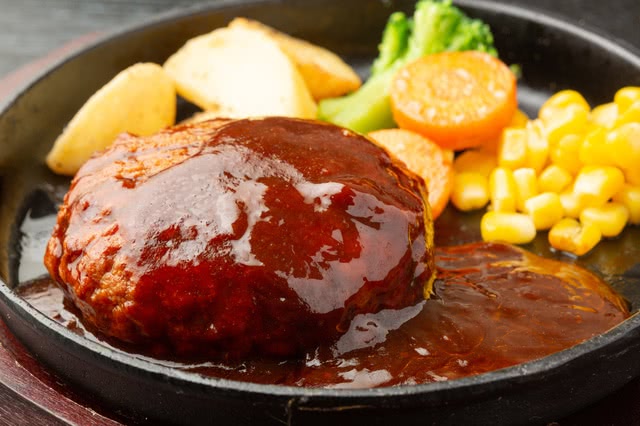
Their name is believed to come from the German town these grilled beef patties are said to be originally from. When yoshoku started spreading in Japan, they based the recipe on the French version of the time, wherein ground beef was kneaded with onion, egg, salt, pepper and nutmeg and then grilled, so this can be considered the prototype of today's Japanese hamburg.
Sekiguchitei (Yoyogi-koen)
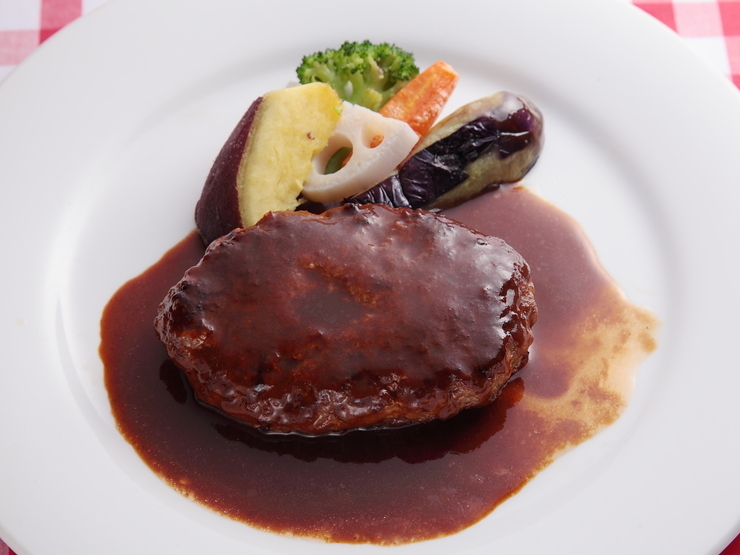
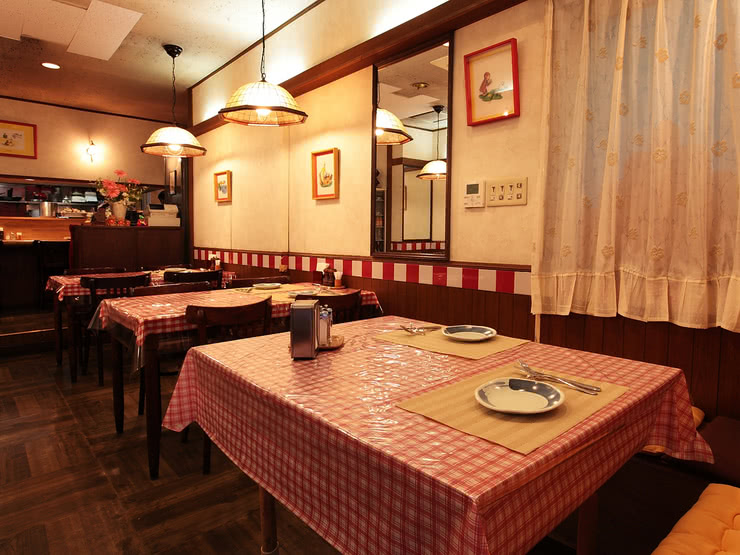
Sekiguchitei
[Wednesday, Saturday] Lunch: 11:30 am - 2:00 pm (Last order: 2:00 pm)
[Weekdays, Saturday] Dinner: 6:00 pm - 9:30 pm (Last order: 9:30 pm)
[Sunday] Dinner: 6:00 pm - 9:00 pm (Last order: 9:00 pm)
Closed: None
Average price: [Dinner] 3,000 JPY / [Lunch] 1,000 JPY
Access: One minute walk from Exit #1 from Yoyogi-Koen Station on the Tokyo Metro Chiyoda Line/the South Exit of Yoyogi-Hachiman Station on the Odakyu Odawara Line
Address: Nakagawa 1F, 1-52-1 Tomigaya, Shibuya-ku, Tokyo (Map)
More Details Reservation
Omurice
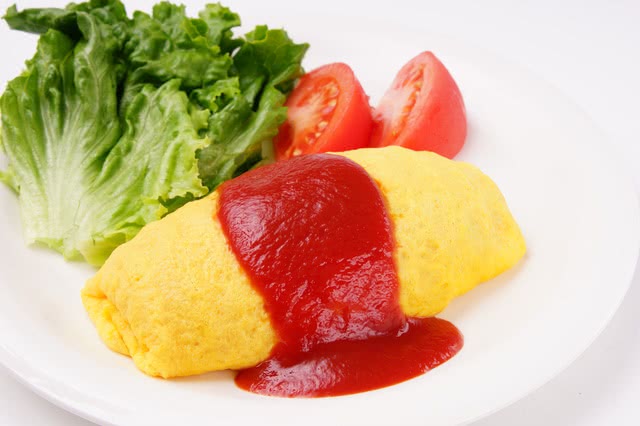
Western Restaurant Ginza Grill Cardinal
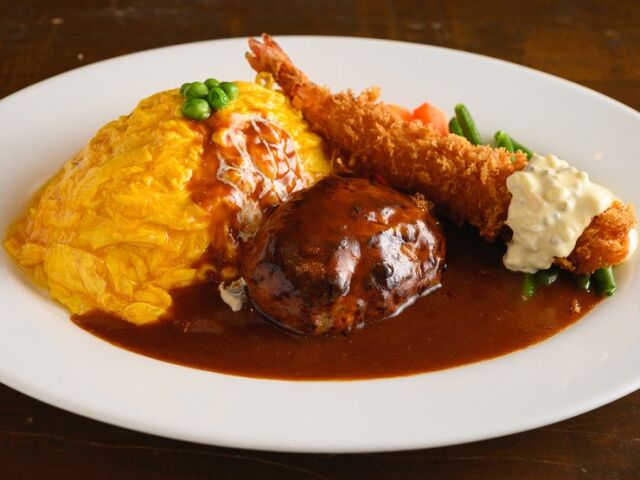
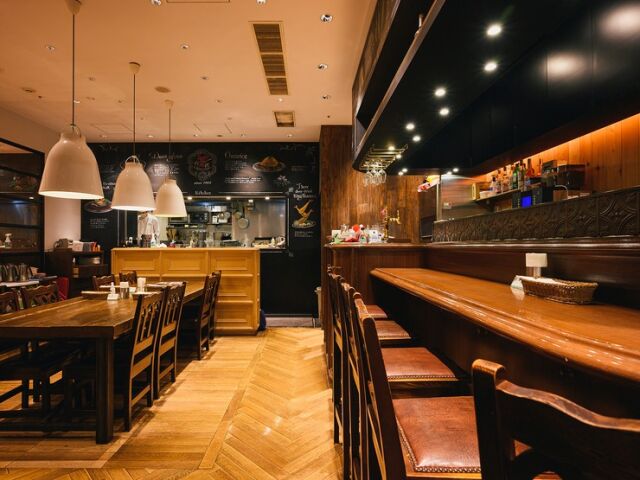
Western Restaurant Ginza Grill Cardinal
Closed: None
Average price: [Dinner] 3,000 JPY / [Lunch] 2,000 JPY
Access: 1-minute walk directly connected to Oshiage Station on the Tobu Skytree Line, Tokyo Metro Hanzomon Line, Narita Sky Access Keisei Line, and Toei Asakusa Line
Address: 7F, Tokyo Solamachi, 1-1-2, Oshiage, Sumida-ku, Tokyo Map
More Details Reservation
Meijiken (Shinsaibashi)
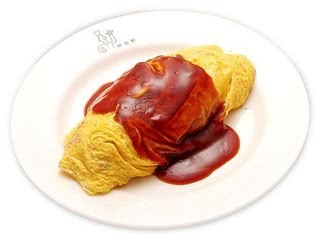
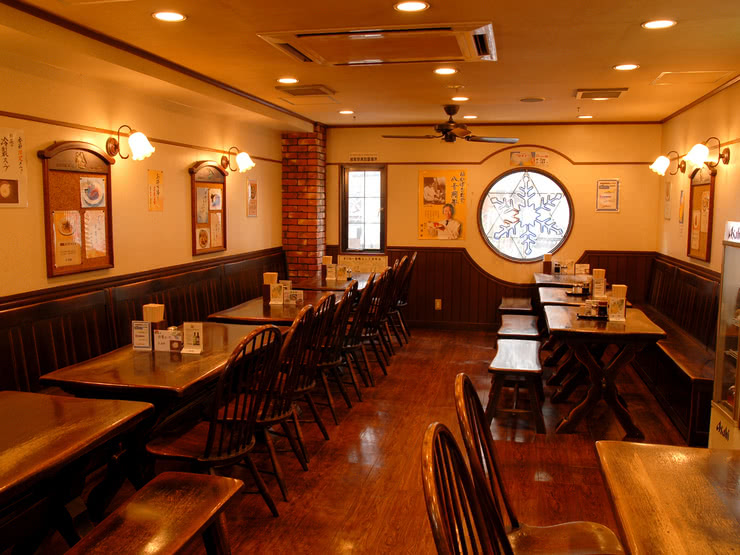
Meijiken
Lunch from 11:00-15:00; lunch menu changes daily.
Closed: None
Average price: [Dinner] 1,500 JPY / [Lunch] 850 JPY
Access: From Shinsaibashi, walk south along Shinsaibashi Suji Shopping Arcade. Turn left at the south east of Daimaru and you will see it 70 metres ahead.
Address: 1-5-32 Shinsai Bashi Suji , Chuo-ku, Osaka-shi, Osaka (Map)
More Details
Tonkatsu
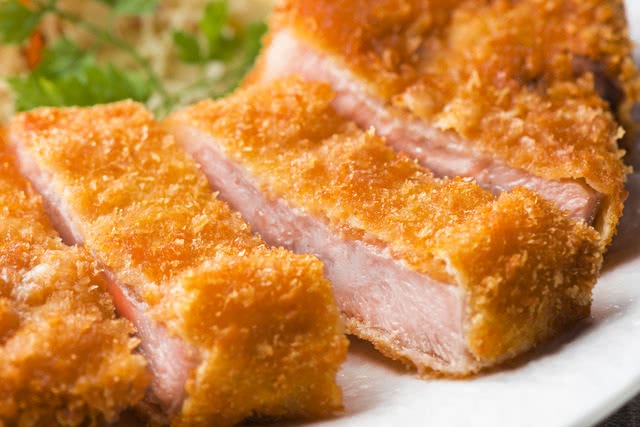
"Ton" means pork in Japanese, while "katsu" stands for the well-known cutlet, which in turn is derived from the French word "cotolette," used to describe bone-in ribs of veal, lamb, pork, and the like. In the beginning, a pork cutlet was more like a pork sauté, but it was too fatty for the Japanese taste. That's why Japanese chefs took inspiration from tempura and created tonkatsu as we know it today.
Although the meat is cut quite thick, the inside stays tender and matches great with the sweet and salty sauce it comes dressed with. Plus, it's paired with shredded raw cabbage to give your taste buds a break from its oiliness. It's usually served with rice and miso soup.
Tonkatsu Muneta (Ikenoue)
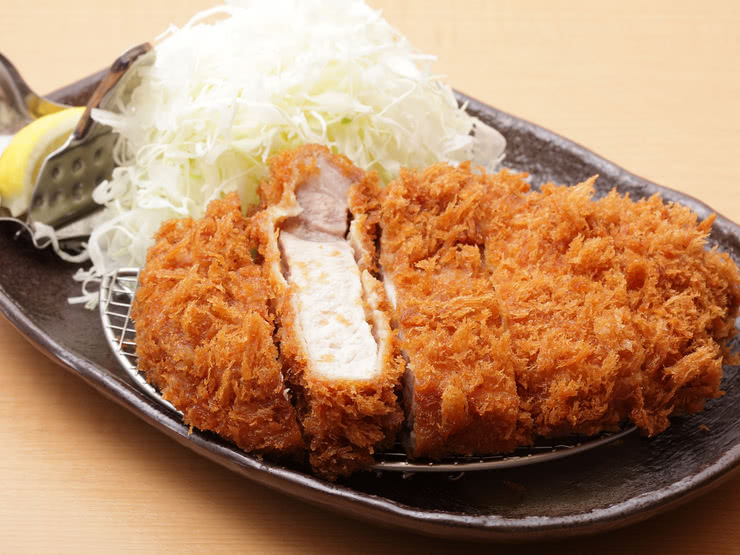
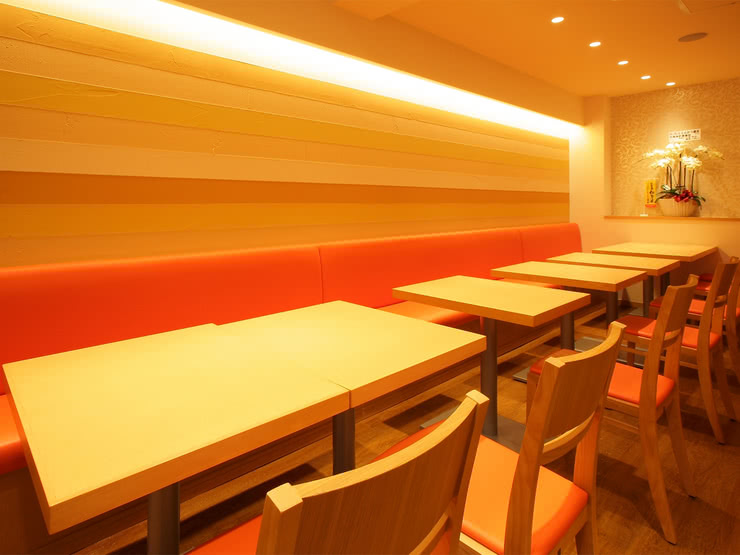
Tonkatsu Muneta
Closed: None
Average price: [Lunch] 900 JPY
Access: 2 minutes' walk from the post office-side exit of Ikenoue Station on the Keio Inokashira Line, on the 1st floor of the Mimasu Building
Address: Saneki Bldg. 1F-105, 2-37-15 Daizawa, Setagaya-ku, Tokyo (Map)
More Details Reservation
Fry
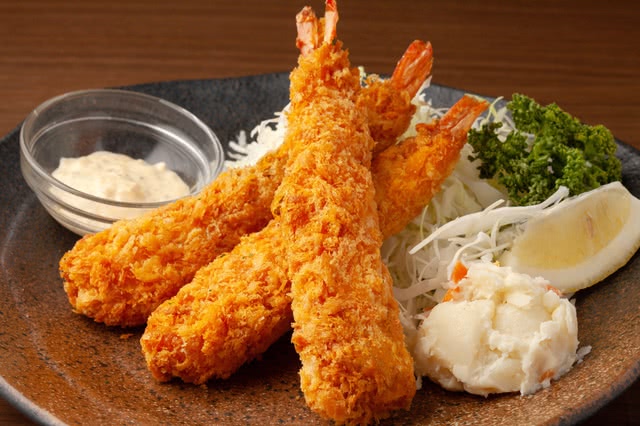
Ponta Honke (Okachimachi)
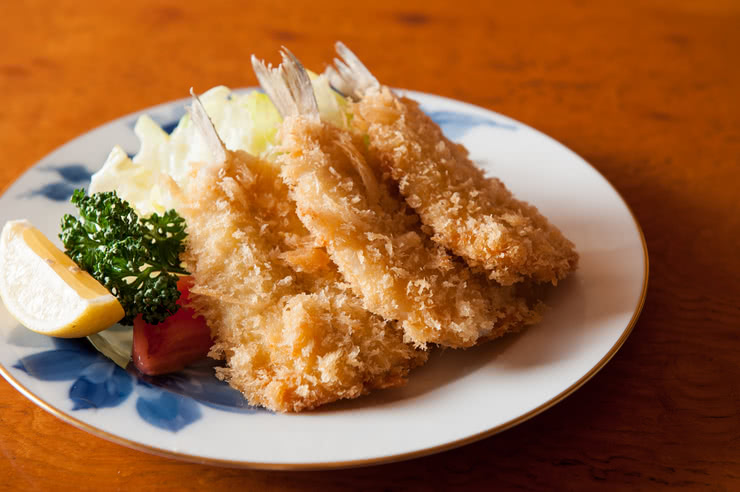
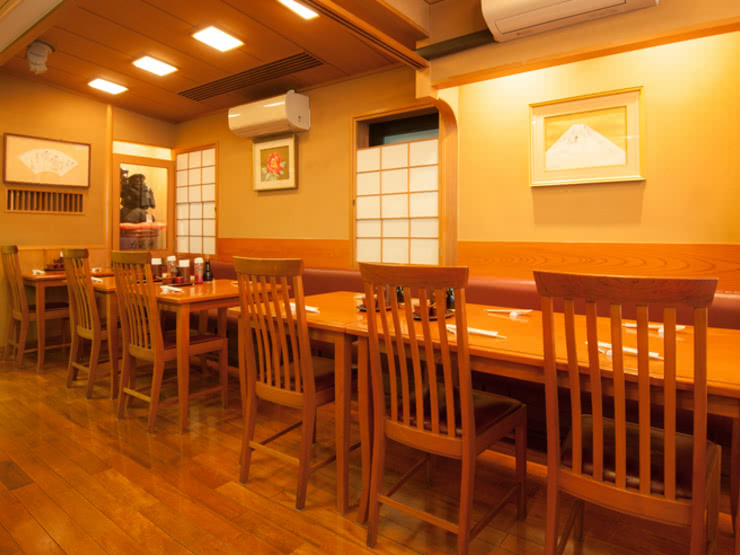
Ponta Honke
[Sunday, National Holidays] Lunch 11:00 am - 2:00 pm (L.O. 1:45 pm) / Dinner 4:00 pm - 8:00 pm (L.O. 7:45 pm)
Closed: Monday
Average price: [Dinner] 4,000 JPY / [Lunch] 4,000 JPY
Access: 2 minutes walk from the south exit of Okachimachi Station on JR Yamanote Line / Keihin Tohoku Line
Address: 3-23-3, Ueno, Taito-ku, Tokyo (Map)
More Details Reservation
Curry Rice
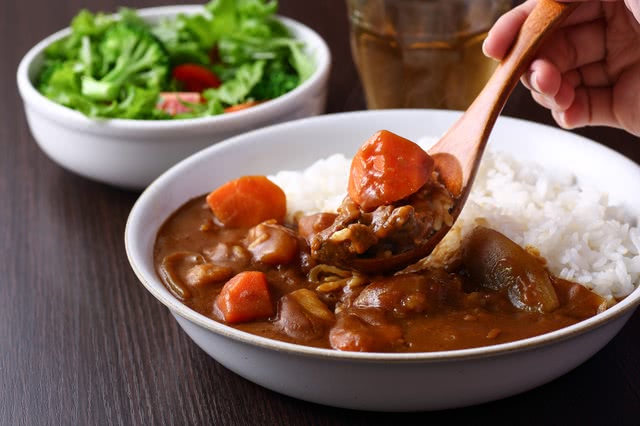
Hayashi Rice
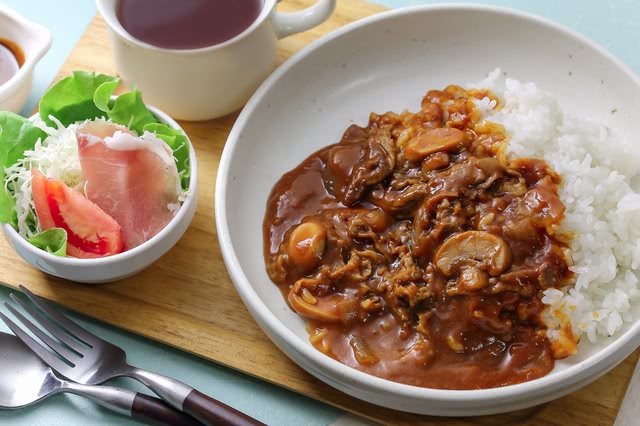
Kurofune-tei (Ueno)
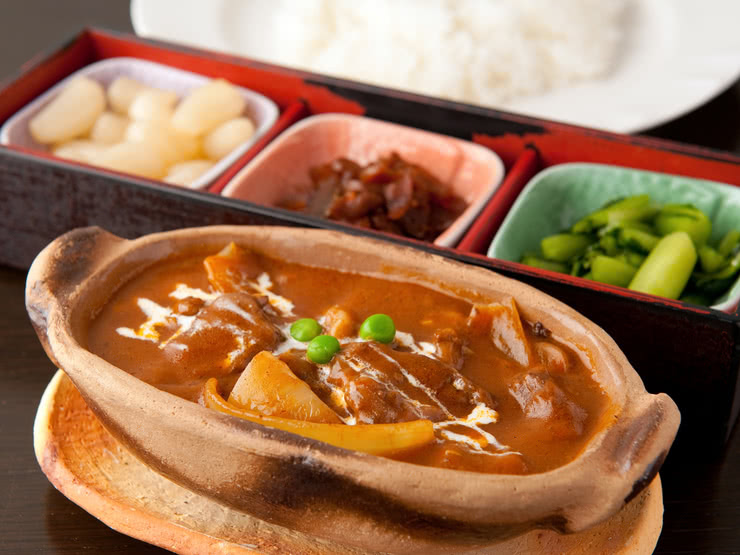
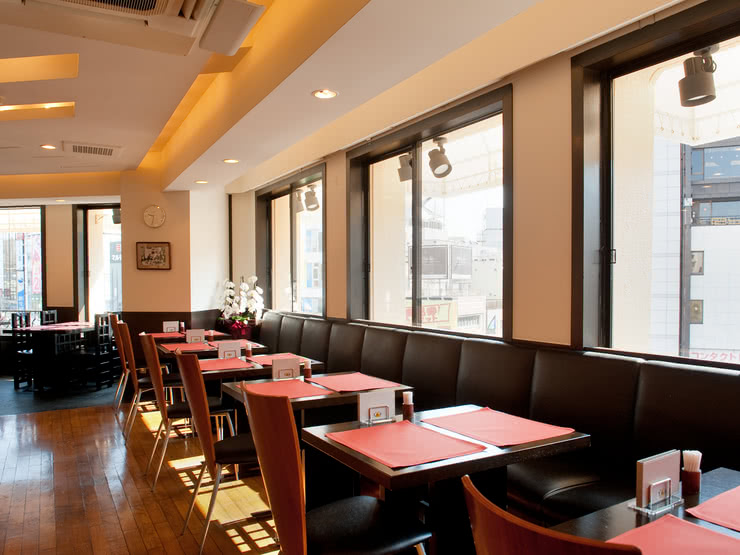
Kurofune-tei
Closed: None
Average price: [Dinner] 2,500 JPY / [Lunch] 2,000 JPY
Address: 4F, Kikuya Bldg., 2-13-13, Ueno, Taito-ku, Tokyo (Map)
More Details
Beef Stew
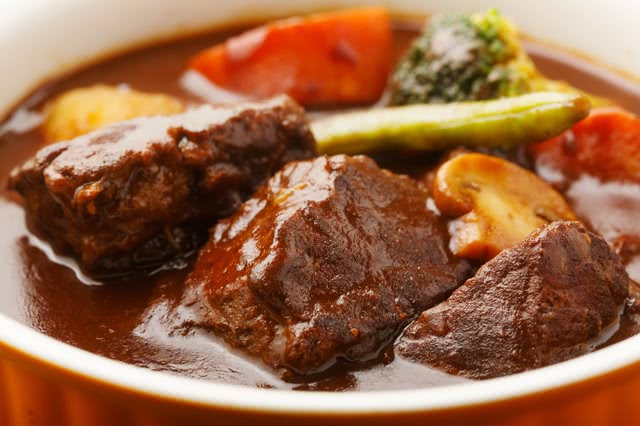
Ginza Furukawa (Ginza)
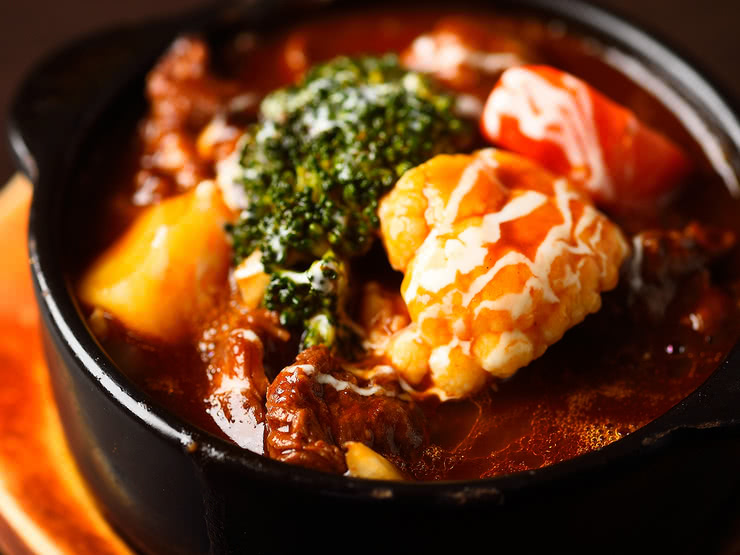
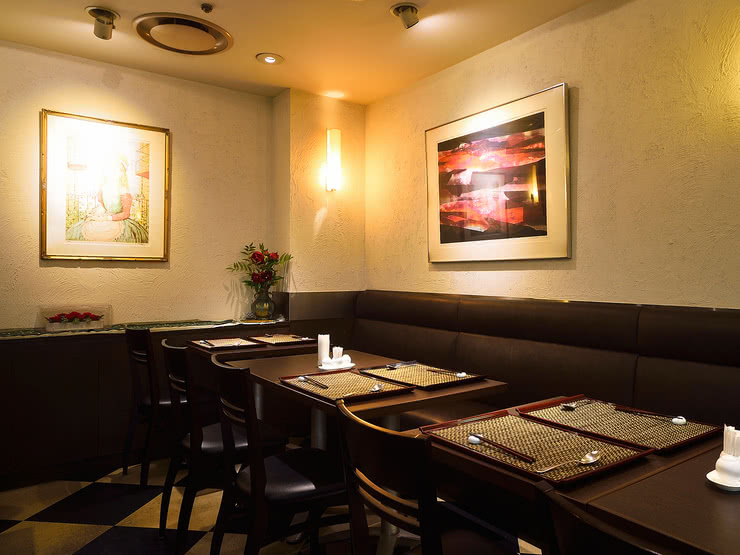
Ginza Furukawa
Closed: None
Average price: [Dinner] 3,000 JPY / [Lunch] 1,800 JPY
Address: 7F, Ginza EXITMELSA, 5-7-10, Ginza, Chuo-ku, Tokyo (Map)
More Details
Korokke
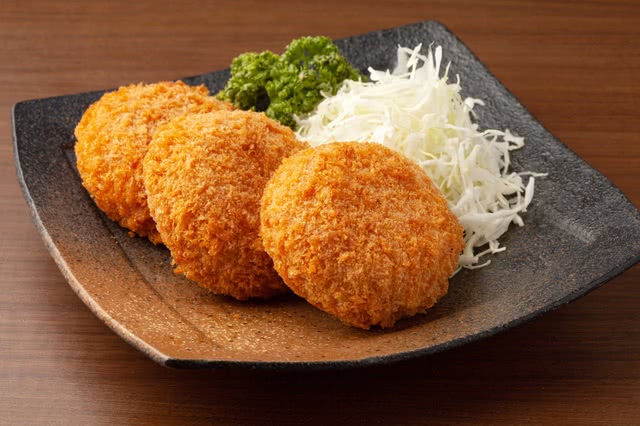
Akasaka Tsutsui Main Branch (Akasaka)
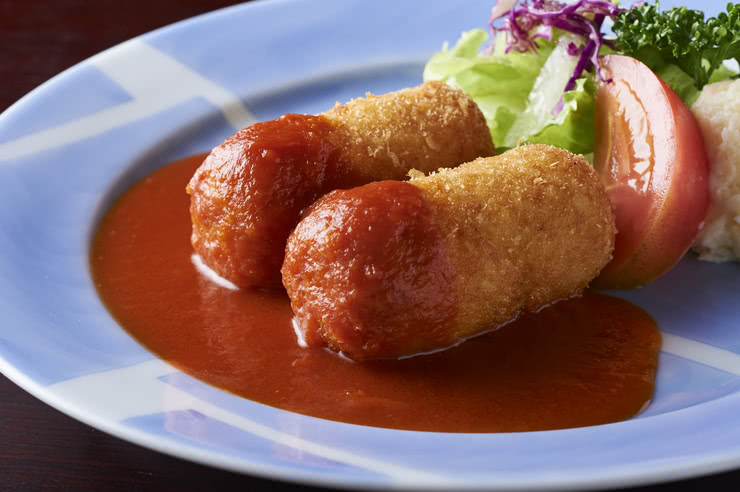
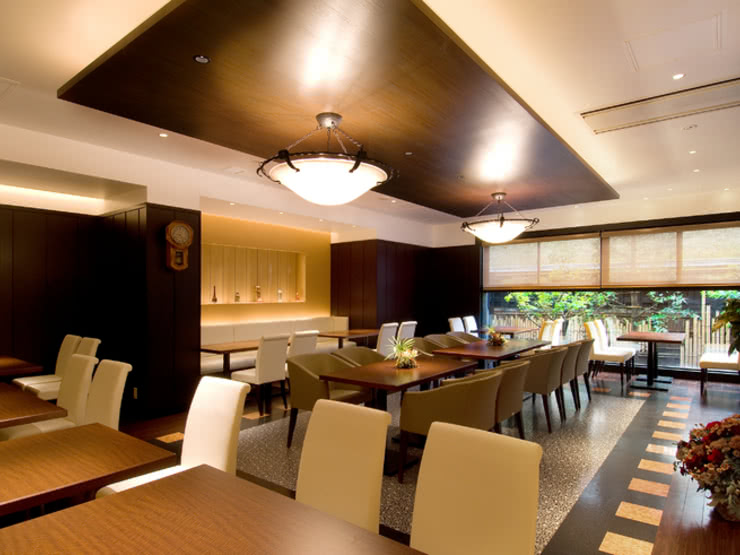
Akasaka Tsutsui Main Branch
[Saturday, Sunday, National Holidays] Lunch 12:00 pm - 3:30 pm (L.O. 3:00 pm), Dinner 4:30 pm - 10:00 pm (L.O. 9:30 pm)
Closed: 1st and 3rd Sunday of the month, Monday (if it falls on a national holiday), Golden Week, Summertime, Beginning and end of the year
Average price: [Dinner] 5,000 JPY / [Lunch] 2,000 JPY
Address: 1F - BF, Izumi Akasaka Bldg., 2-22-24, Akasaka, Minato-ku, Tokyo (Map)
More Details
Kaiseitei Kitayama Main Branch (Kitayama)
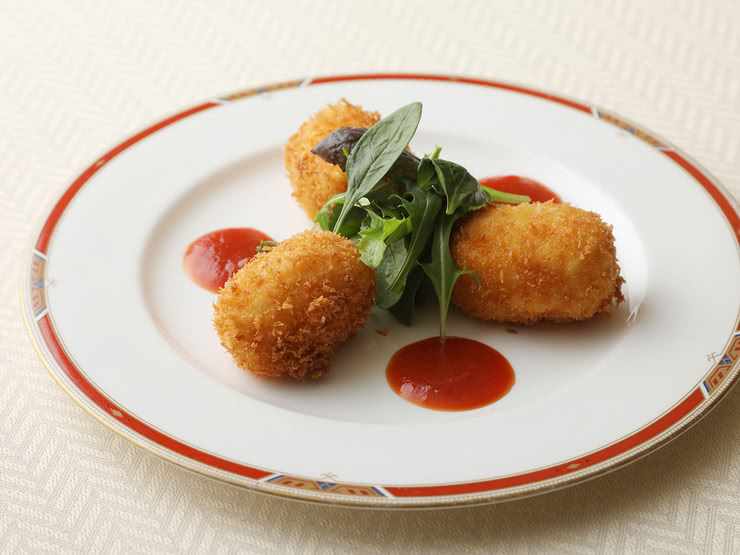
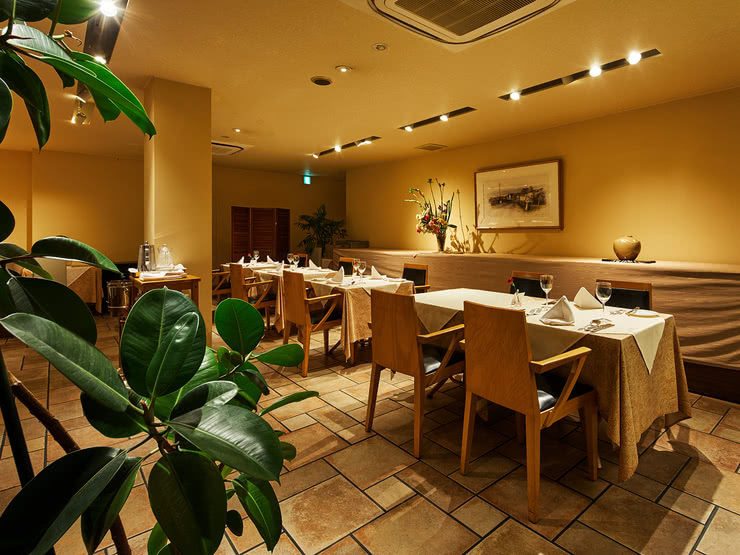
Kaiseitei Kitayama Main Branch
Closed: Tuesday
Average price: [Dinner] 5,000 JPY / [Lunch] 3,000 JPY
Address: 5-8, Shimogamo Maehagi-cho, Sakyo-ku, Kyoto-shi, Kyoto (Map)
More Details
Disclaimer: All information is accurate at time of publication.
Thank you for reading our article.
Our goal is to take your culinary journey to the next level by helping you find the best restaurant. With SAVOR JAPAN, you can search and make reservations for
the Western restaurants found in and around that fill your needs.
Discover more Western restaurants by area
- Tokyo Area
- Near Tokyo
- Kyoto and Osaka Area
- Hokkaido Area
- Northern Honshu (Tohoku)
- Central Honshu (Chubu)
- Western Honshu (Chugoku)
- Shikoku
- Kyushu
- Okinawa and Ryukyu Islands
Discover more restaurants to eat Western Cuisine by area
Keywords
Related Articles
New Articles
Categories
Cuisine
- Bars (23)
-
Japanese Cuisine (680)
- Kaiseki (46)
- Nabe (19)
- Okonomiyaki (24)
- Shabu Shabu (37)
- Soba (18)
- Sushi (137)
- Tempura (19)
- Teppanyaki (46)
- Shojin Ryori (3)
- Tonkatsu (12)
- Kushiyaki (10)
- Yakitori (45)
- Sukiyaki (35)
- Japanese Cuisine (342)
- Oyster (2)
- Sashimi/ Seafood (23)
- Unagi (eel) (32)
- Motsu Nabe (offal hotpot) (6)
- Mizutaki (chicken hot pot) (3)
- Oden (8)
- Kaisendon (seafood bowl) (11)
- Udon (2)
- Taverns(Izakaya) Cuisine (126)
- Western Cuisine (42)
- Italian/French Cuisine (94)
- Yakiniku/Steak (225)
- Chinese Cuisine (26)
- Ramen (Noodles) Cuisine (24)
- Cafe/Sweets (61)
- Other Asian Cuisine (5)
- Global/International Cuisine (7)
- Alcohol (46)
- Other (11)
Area
- Shikoku (10)
- Kyoto and Osaka (345)
-
Tokyo (463)
- Tokyo (289)
- Ginza (44)
- Roppongi (21)
- Shibuya (27)
- Shinjuku (46)
- Asakusa (20)
- Ebisu (12)
- Tsukiji (10)
- Tokyo Landmarks (4)
- Ueno (23)
- Akihabara (9)
- Ikebukuro (12)
- Jiyugaoka, Denenchofu, Nakameguro (9)
- Shimokitazawa (4)
- Kichijoji (3)
- Tachikawa (1)
- Omotesando, Harajuku, Aoyama (18)
- Akabane (1)
- Kagurazaka (4)
- Akasaka (10)
- Odaiba (2)
- Tsukishima, Harumi, Toyosu (3)
- Near Tokyo (101)
- Okinawa and Ryukyu Islands (58)
- Hokkaido (124)
- Northern Honshu (Tohoku) (31)
- Central Honshu (Chubu) (143)
- Western Honshu (Chugoku) (32)
- Kyushu (92)
Archives
- January 2026(6)
- December 2025(9)
- November 2025(4)
- October 2025(3)
- September 2025(6)
- August 2025(11)
- July 2025(19)
- June 2025(18)
- May 2025(34)
- April 2025(43)
- March 2025(30)
- February 2025(36)
- January 2025(26)
- December 2024(69)
- November 2024(31)
- October 2024(15)
- September 2024(39)
- August 2024(65)
- July 2024(31)
- June 2024(54)
- May 2024(61)
- April 2024(28)
- March 2024(31)
- February 2024(42)
- January 2024(32)
- December 2023(20)
- November 2023(5)
- October 2023(11)
- September 2023(7)
- August 2023(18)
- July 2023(8)
- June 2023(8)
- May 2023(18)
- April 2023(15)
- March 2023(1)
- January 2023(1)
- April 2022(2)
- March 2022(2)
- February 2022(1)
- January 2022(1)
- July 2021(1)
- March 2021(1)
- February 2021(1)
- December 2020(1)
- October 2020(1)
- September 2020(2)
- August 2020(10)
- July 2020(6)
- June 2020(9)
- May 2020(11)
- April 2020(8)
- March 2020(8)
- February 2020(13)
- January 2020(9)
- December 2019(24)
- November 2019(8)
- August 2019(14)
- July 2019(15)
- June 2019(18)
- May 2019(17)
- April 2019(16)
- March 2019(22)
- February 2019(22)
- January 2019(26)
- December 2018(34)
- November 2018(40)
- October 2018(32)
- September 2018(11)
- August 2018(8)
- July 2018(6)
- June 2018(9)
- May 2018(10)
- April 2018(21)
- March 2018(74)
- February 2018(39)
- January 2018(26)
- December 2017(60)
Keywords
- Omakase
- Accessible
- Affordable
- All-You-Can-Eat
- Amazing Scenery
- anime
- Art
- Autumn
- Awards
- Beer Gardens
- Breakfast
- Chef Recommendations
- Cherry Blossoms
- Chinese
- Close To Station
- Condiments
- Counter
- Coupon
- Crab
- Culture
- Dassai
- Dates
- delivery
- Early Summer
- Editor's Recommendation
- English Available
- Event
- Expo
- Fall Leaves
- Family-Friendly
- Famous Restaurant
- Famous Tourist Spot
- Fast Food
- festival
- fireworks
- Flower Farm
- Free Wi-Fi
- French
- Great Location
- Guide
- Hibachi
- hotpot
- How To
- hydrangea
- Hygiene
- Illumination
- Italian
- Izakaya
- Japanese
- Japanese alcohol
- jingisukan
- Kaiseki
- Kappo
- Kushiage
- Kushikatsu
- Kyoto
- Late-Night
- Lunch
- Manners
- matsusakagyu
- Michelin
- mizutaki
- Model Course
- monjayaki
- motsunabe
- Mt.Fuji
- Multilingual Menus
- Nabe
- Narita Airport
- New Year
- Ninja
- Noodle
- Oden
- Okonomiyaki
- omotenashi
- Onsen
- Osaka
- Osaka Station
- Photogenic Site
- pizza
- PR
- Private Room
- Ramen
- ranking
- Recipe
- Regional Cuisine
- Resort
- Rice Bowl Dish (Donburi)
- sacred places
- Sake
- Sakura
- Sashimi
- sea urchin
- Setouchi Area
- Shabu Shabu
- sightseeing
- Signature Dish
- Soba
- Solo Diners Welcomed
- Spicy Food
- Spring
- Steak
- Summer
- Sunflower
- Sushi
- takeout
- Teppanyaki
- Terrace Seating
- Tokyo
- Tokyo Experiences
- Tokyo Skytree
- Tokyo Tower
- unagi
- UNESCO
- Vegan
- Vegetarian
- Wagyu
- What Popular Gourmet Sites Recommend
- Whisky
- Wine Bar
- Winter
- Wisteria
- Workshop
- World Heritage Site
- World Writers
- Yakiniku
- Yoshoku
- Yuba
- Zen
Discover Restaurants By Area
-

Tokyo Area
Japan's largest city, Tokyo, is the center of culinary culture in Japan. Countless Tokyo restaurants serve every kind of food imaginable and the Toyosu fish market keeps restaurants stocked with the nation's finest fish.
-

Near Tokyo
Coastal areas, mountains and valleys surrounding Tokyo are bursting with tourist destinations, such as hot springs and ski slopes, where many unique foods are only available locally.
-

Kyoto and Osaka Area
The cities of Kyoto and Osaka, together with their surrounding areas, have greatly influenced Japan's culinary culture since the 7th Century. The region is renowned for its entertainment, Kobe beef, and wide-ranging traditional dishes.
-

Hokkaido Area
The island of Hokkaido is home to wide-ranging produce of the finest quality, such as rice, meat, vegetables, fish and fruit. Popular dishes from Hokkaido include robatayaki (food slowly roasted on skewers) and Sapporo miso ramen.
-

Northern Honshu (Tohoku)
The northern end of Japan's main island, Honshu, is renowned for its seasonal fruit and vegetables, nation-leading harvest of fish (especially tuna from Ohma), and delicious beef from Yonezawa, Sendai and Yamagata.
-

Central Honshu (Chubu)
Chubu is in the center of Japan's main island, Honshu, and its culinary culture reflects its position between Japan's western and eastern halves. Delicious Hida beef, world-famous Mount Fuji and many acclaimed sake breweries are in Chubu.
-

Western Honshu (Chugoku)
Chugoku, on the southwest of Japan's main island, is rich with diverse produce. Many of its products are praised as Japan's best, including Matsuba crabs from Tottori and oysters from Hiroshima. Its pears and muscats are also top grade.
-

Shikoku
The mild climate of Shikoku is ideal for growing citrus fruit such as sudachi. Shikoku is also famous for Sanuki udon noodles, huge yields of tiger prawn from Ehime Prefecture and the best torafugu (tiger globefish) in the country.
-

Kyushu
Western culture was first introduced to Japan through Kyushu, Japan's third largest island, where the influence of Portuguese and other western cuisine influenced the creation of a colorful culinary tradition.
-

Okinawa and Ryukyu Islands
Okinawa, Japan’s southernmost prefecture, is a treasure trove of distinctive dishes and drinks that have become popular throughout Japan, including Okinawa soba, unique sushi toppings and Awamori distilled liquor.
